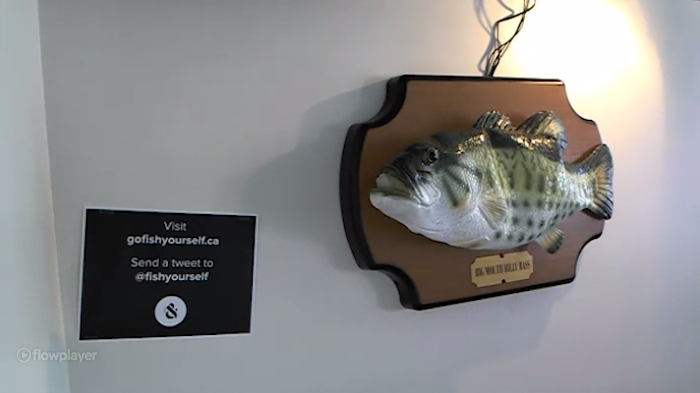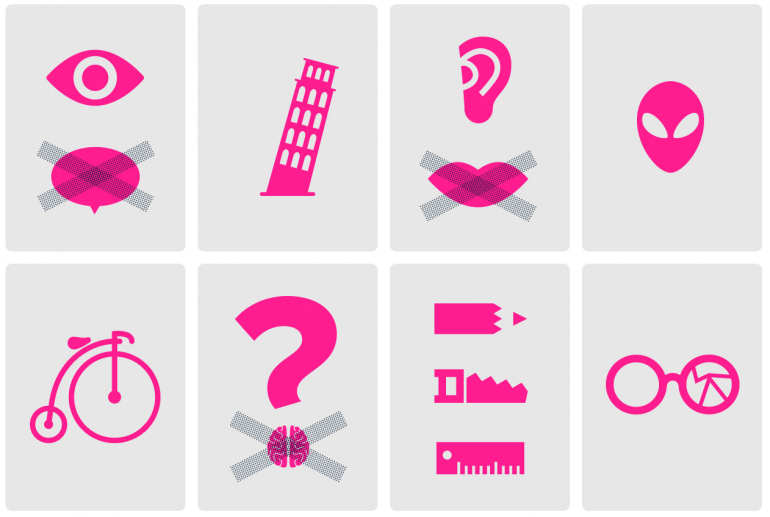If you’ve been reading CIO.com, or Forbes, you might be under the impression that the Internet of Things is some sort of fad, like Orbits Juice, Pogs or the Sham Wow, when in reality the Internet of Things is a paradigm shift in user interface – like when video killed the radio star and Google became the biggest advertiser in the world.
Studies by the Acquity Group and Nielsen found that consumers aren’t very aware of the Internet of Things and they aren’t planning on buying any new connected devices.
The Acquity Group found that “only 13 per cent of homeowners planned on owning an in-home IoT device such as a thermostat or in-home security camera.”
Meanwhile Nielsen’s study further detailed consumer confusion with, “92 per cent of the respondents said it’s very difficult to pinpoint what they’d want from smart objects.”
Forbes went as far as to title an article The Internet of Things Has An Enthusiasm Gap, and CIO.com published Move Over Big Data, Here Comes the Internet of Things or Not.
But for Spencer Saunders, President of Art & Science Digital Experience Design in Toronto, the Internet of Things is a new set of options – it is a whole new medium.
“I should be able to sit at home and read data from wired objects in my normal world.”
“The first thing to consider about the Internet of Things is to think of it as a channel,” explained Saunders. “We are already seeing some innovative uses of where objects are connected to social media, like vending machines being connected to Twitter; an agency named wonderMakr here in Toronto are working on a couple of those.”
Spencer’s agency works with companies to build unique tools that help get their brand noticed. They often use integrated technologies that utilize the web and unconventional equipment to connect people to their digital profiles or to other forms of media. His team hacked a Big Mouth Billy Bass and linked it to Twitter, allowing people to tweet messages to the bass that usually sings awkwardly while failing on the wall. The fish was housed in their office – it would then speak robotically when people tweeted at #GoFishYourself, it was then livestreamed to the world on a site called GoFishYourself.ca.
“The Internet of Things and the devices that we work with through them – at least the ones that are good – are invisible,” said Saunders. “I should be able to sit at home and read data from wired objects in my normal world. Today we’re at a level where proximity is key,” said Saunders.
The hidden IoT is built up of small devices connecting in small ways to other small devices through near-field communication tools like RFIDs, NFC, BlueTooth or Wifi. That’s the point, most consumers don’t think of the Internet of Things when they tap their debit card on a POS system or drive their cars to work – but IoT is there.

For consumers with technical skill they are really only limited by their imagination and for companies by their ability to build business cases.
“I know that anyone with a significant retail network can buy a system that analyzes all of the assignable Internet connected objects on the people in front of their store. WiFi networks can be used as monitoring stations,” said Saunders.
“It might be that 92 per cent of consumers need to broaden their imaginations.”
The technology he described reads the MAC IDs off phones looking for WiFi, allowing a company to track how many times someone walked in front of a store, or how long they entered the store.
“That’s an interesting level of data analytics that is available to mid-market retail today.”
In response to Nielsen’s study about what a consumer would want to do with a connected device, it might be that 92 per cent of consumers need to broaden their imaginations, meanwhile Saunders and his team seem to be making up for John Q homeowner’s lack of ingenuity.
“When a pitcher comes up to the mound their music starts playing. I wanted to feel like a pitcher in the major leagues when I came to the office, so I had my team design a way for theme music to play when we entered the office. We call it Intromusic,” Saunders explained.
Using the RFIDs in his team’s key fobs when they enter the office, a song they’ve assigned for themselves starts to play. Saunders made his dream a reality through Intromusic.
Soon, and sooner than we’d think, the majority of TVs will be smart TVs, most of our cars will connect to the web, or to web-assisted services – not just thermostats and security cameras.
Before you believe anyone belying the irrelevance of IoT, think about how long we’ve had GPS devices and WiFi connected printers. While only 13 per cent of consumers thought they would buy a connected device this year, it might be that the other 87 per cent didn’t know they already owned one.
This article was originally published on the Dx3 Digest. Registration is now open for Dx3 2015, March 11-12 at the Metro Toronto Convention Centre. For more digital marketing, advertising and retail news, subscribe to the Dx3 Digest Newsletter or follow Dx3 on Twitter.


